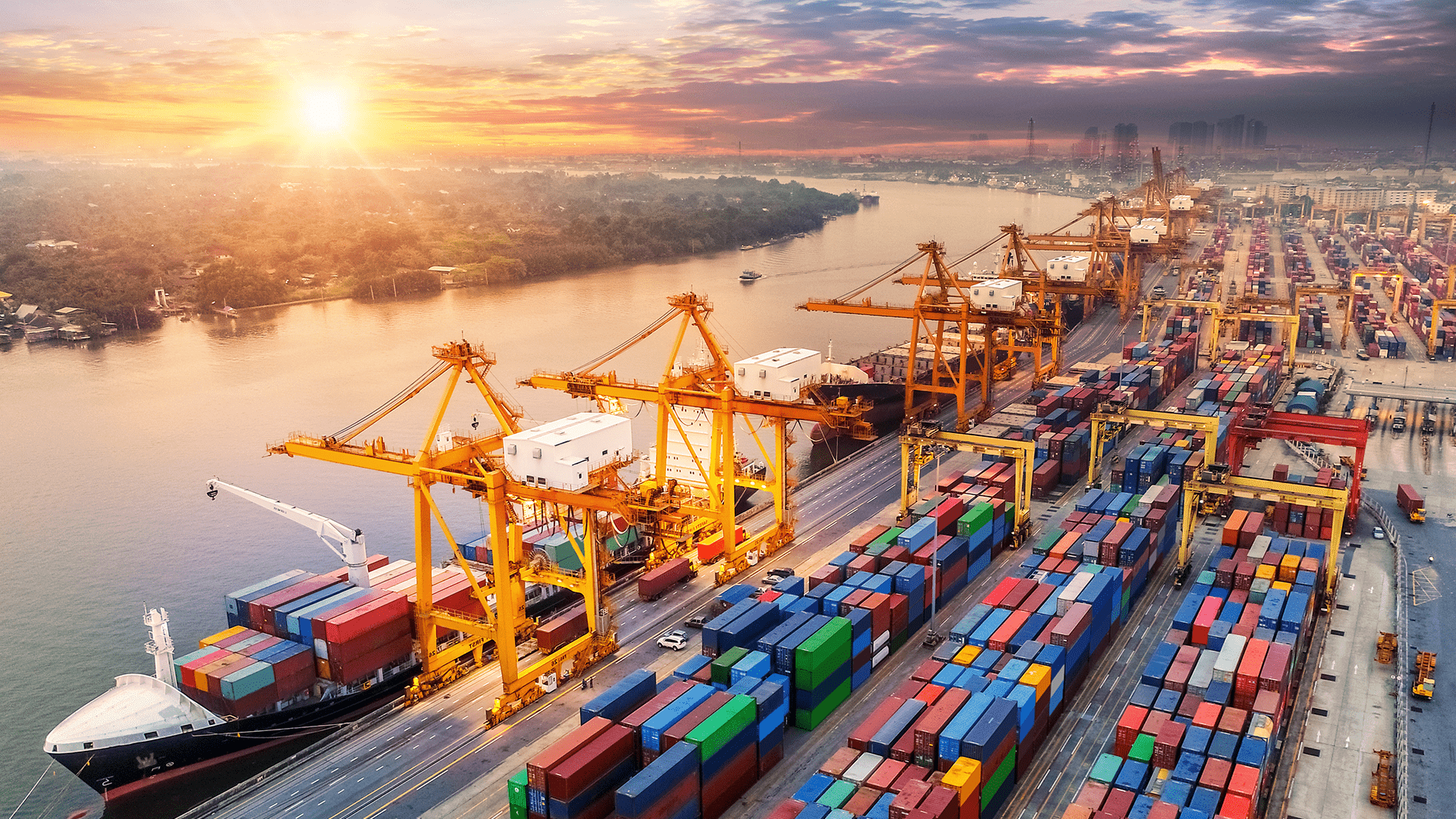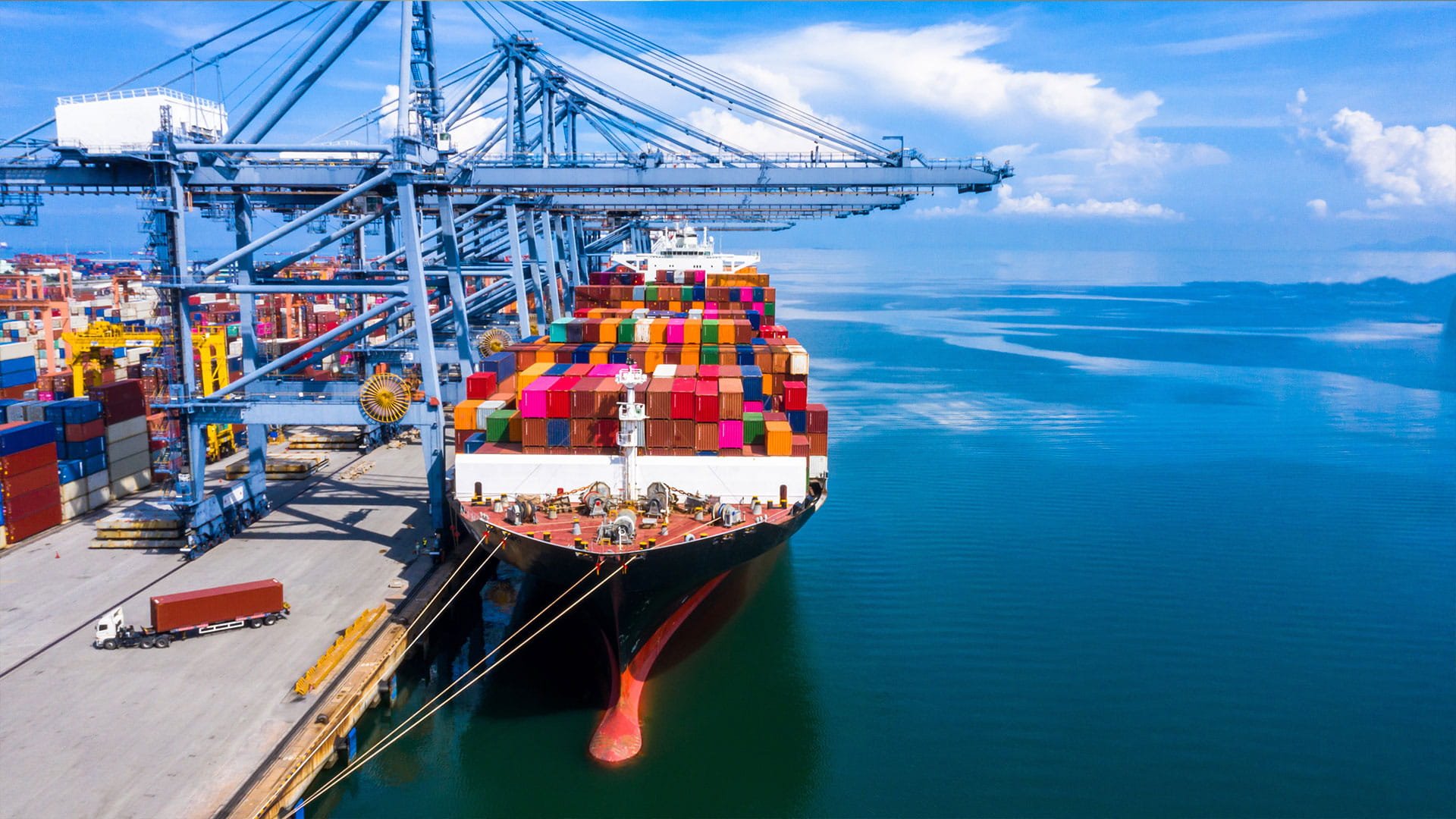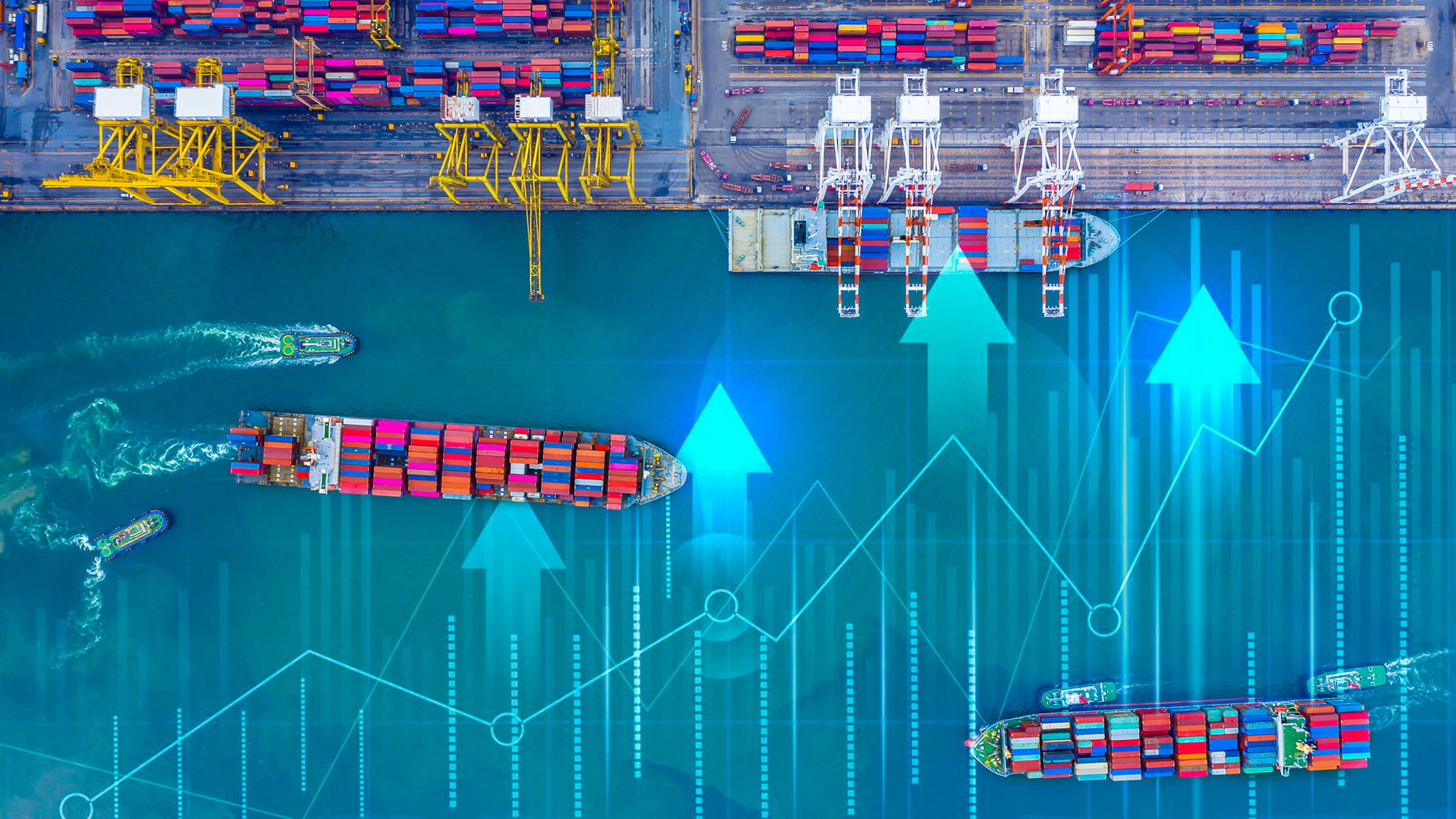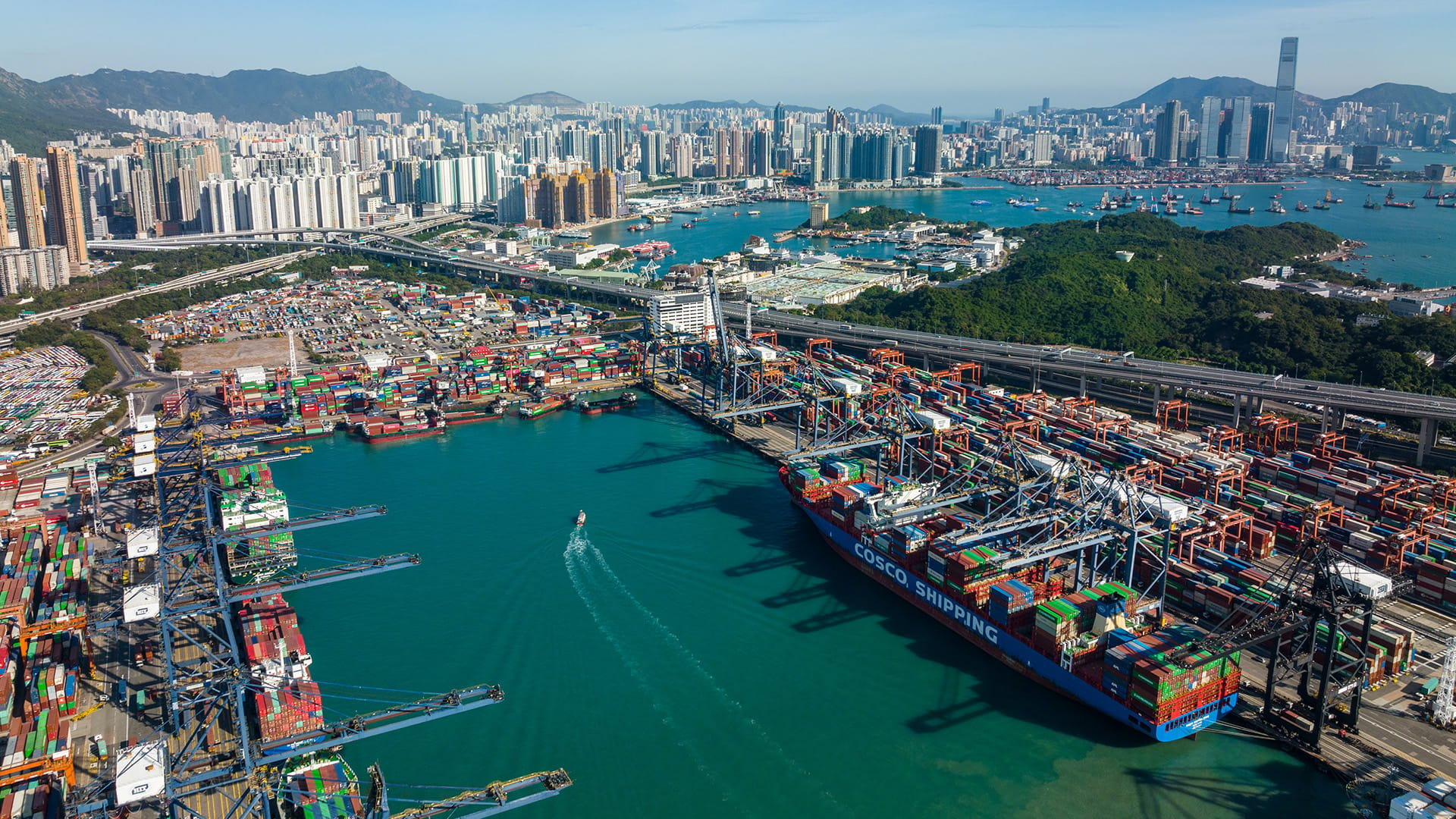Providing options on improving air quality
Pioneering air quality improvements for major UK ports
In the UK, air pollution is identified as the top environmental risk to public health in the UK, air pollution is also seen as the fourth greatest threat to public health after cancer, heart disease and obesity. These findings were confirmed in the Defra Clean Air Strategy, which set out ambitious cross-industry targets to reduce emissions by 2020 and 2030.
Contact usContact us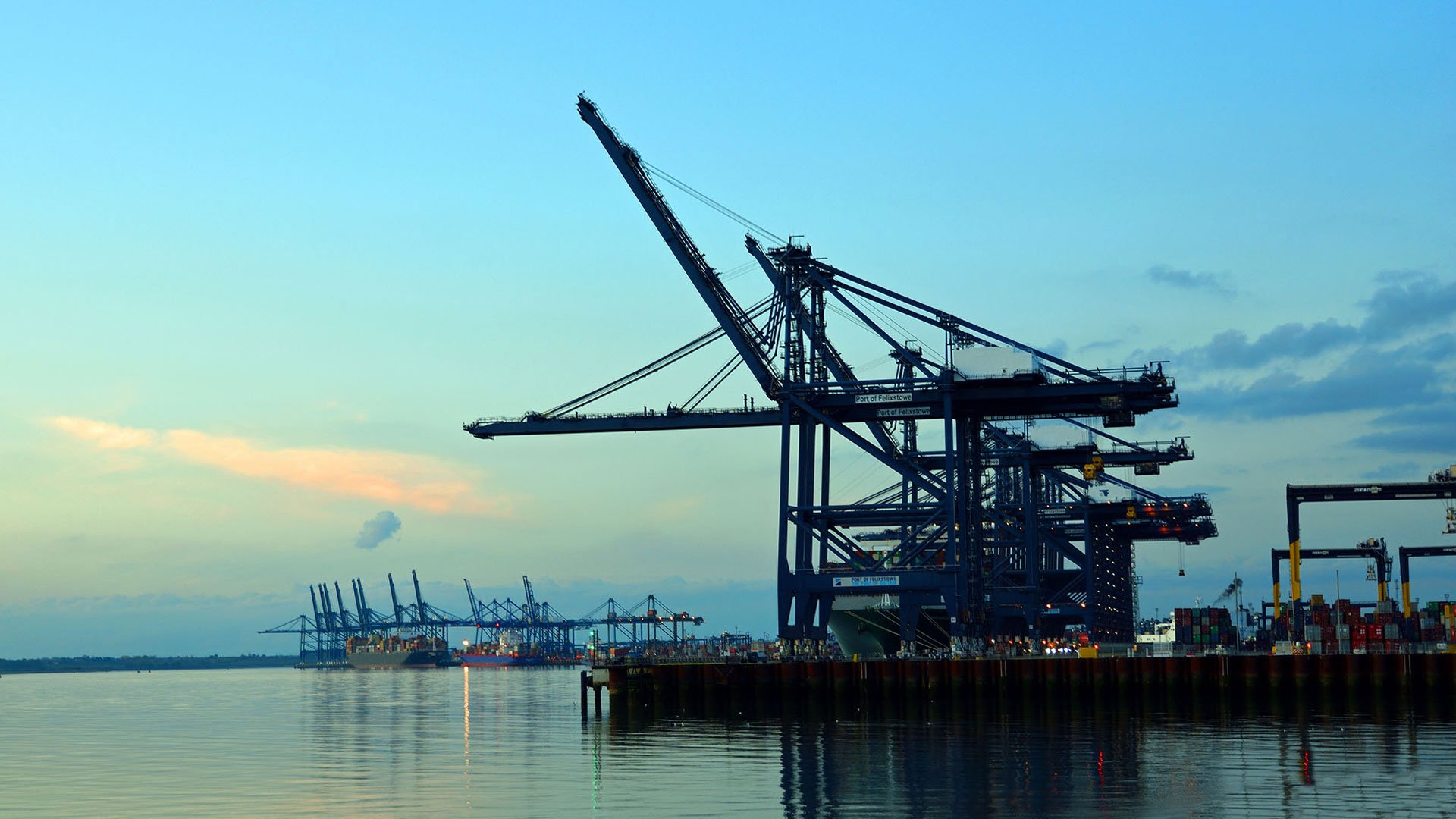
Project facts
- ClientUK Major Ports Group
- LocationUnited Kingdom
- ChallengeImproving air quality while there is no single one-size-fits-all solution.
- SolutionA comprehensive report on almost 40 measures across the traditional port silos of Marine, Operations, Hinterland and Commercial that ports can consider implementing. We also developed a technology driven roadmap, highlighting the key themes of digitalisation, electrification, corporate influence and transport connections.
- Period2019 - 2020
Following Defra’s strategy, the Department for Transport published their Clean Maritime Plan, defining the UK Government’s strategy for reducing emissions in the maritime industry. Royal HaskoningDHV’s Smart Ports team were asked to report on measures that ports could implement to reduce the effects of port activities on emissions
A tailored approach to improving air quality
Twenty-three major ports in England have been tasked with producing port air quality strategies (strategies that show their impact on the environment from port-related activities and their plans to reduce this impact) for port operations, shipping, tenants or port user activities.There is a challenge in providing options on improving air quality, as there is no single one-size-fits-all solution. Ports are complex, geographical areas where many organisations come together to provide services within the supply chain. They vary in size and set up, and each have different organisational structures and concerns.
As a result, any measures introduced need to be considered on their individual merits for and relevance to each port. We took this into consideration when producing our report, ensuring that a range of possible port types and facts were incorporated.
A global approach backed by experience
In producing our report, we worked with our in-house technical specialists to document the current process for establishing a baseline of emissions. This was paired with a global literature review to identify measures already used in the port industry. We also brought in considerations from other industries to ensure the best possible options were included.As we compiled the measures to be included in the report, we assessed each measure on cost, geographical impact, technical effort, timescales and sphere of influence.
A comprehensive report
The result is a comprehensive report on almost 40 measures across the traditional port silos of Marine, Operations, Hinterland and Commercial that ports can consider implementing as part of their emissions reduction strategy in the port estate.In addition to this, we also developed a technology driven roadmap, highlighting the key themes of digitalisation, electrification, corporate influence and transport connections.
Read more about maritime challenges and our solutions
Results
-
Documentation of the current process to establish a baseline of emissions

